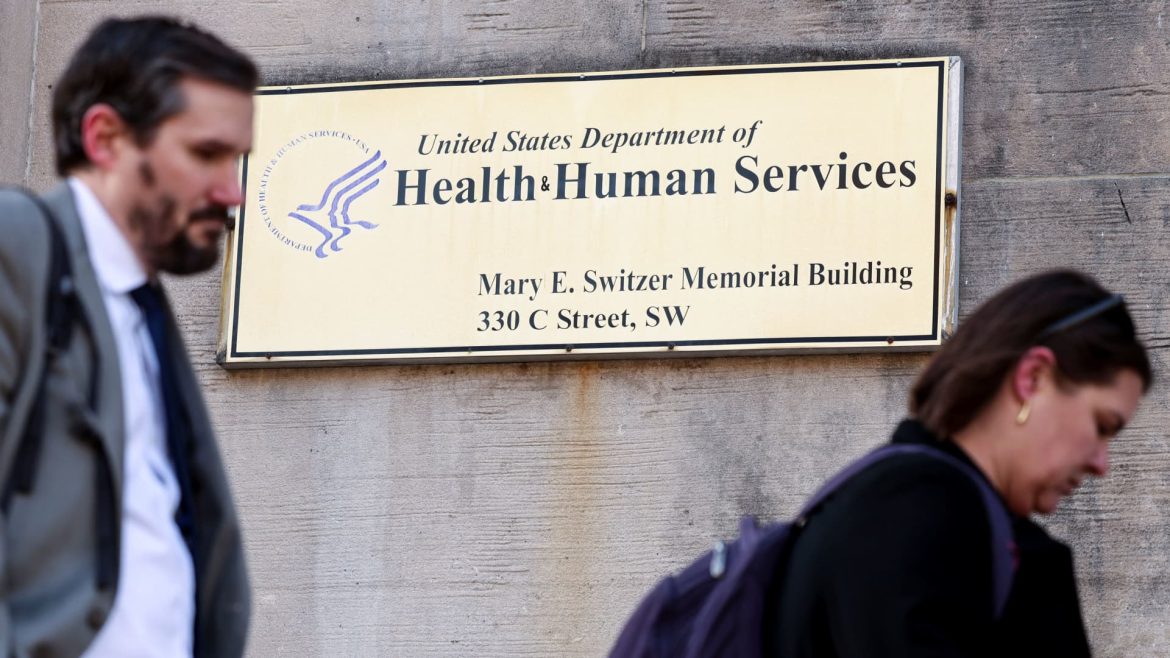The Impact of HHS Workforce Reductions
Introduction
The United States Department of Health and Human Services (HHS) has undergone significant changes under the leadership of Secretary Robert F. Kennedy Jr. These changes, which include massive layoffs and restructuring, have sparked widespread concern and criticism. This report delves into the implications of these workforce reductions, focusing on the impact on minority health offices, the overall health infrastructure, and the broader societal consequences.
Massive Layoffs and Structural Changes
On March 27, 2025, HHS implemented a drastic downsizing, cutting 10,000 jobs across the department and its subagencies. This move affected approximately 3,500 full-time employees at the Food and Drug Administration (FDA) alone. The layoffs were part of a broader plan announced by Secretary Kennedy to reshape federal public health agencies, aiming to centralize operations and eliminate perceived waste and bureaucracy. However, the execution of these plans has been described as chaotic and disruptive, with many employees and critics expressing alarm over the potential degradation of essential services.
Impact on Minority Health Offices
One of the most concerning aspects of these cuts is their disproportionate impact on minority health offices. Kennedy’s cuts have hit at least seven minority health offices across HHS, laying off most or all of their workers. These offices are crucial for addressing health disparities and ensuring that minority communities receive adequate healthcare. The Centers for Medicare & Medicaid Services (CMS) has also slashed jobs from its minority health office, further exacerbating the issue. The loss of these offices and their staff threatens to undermine the progress made in improving health outcomes for minority populations.
Broader Health Infrastructure
The layoffs and restructuring at HHS have far-reaching implications for the broader health infrastructure. With 20,000 jobs set to be eliminated, the workforce reduction will strain the capacity of federal health agencies to respond to public health crises. This is particularly concerning given the ongoing and potential future health threats, such as measles and bird flu outbreaks. The cuts also raise questions about the government’s ability to provide quality, affordable healthcare to all Americans, a fundamental right that many advocates and lawmakers have been fighting to ensure.
Legal and Ethical Concerns
The legality of Kennedy’s actions has been called into question by a bipartisan group of lawmakers. A letter from lawmakers highlighted the lack of clear communication and transparency in the restructuring process, suggesting that the changes may not be in compliance with existing regulations. Moreover, the ethical implications of these cuts are significant. By gutting essential services and minority health offices, the administration risks exacerbating health disparities and undermining public trust in government institutions.
Public and Political Reaction
The public and political reaction to these cuts has been overwhelmingly negative. Senator Patty Murray, along with former health department leaders, has sounded the alarm on the potential consequences of these actions. Advocates have described the cuts as “severe and irreversible,” warning that they will have long-lasting effects on the health and wellbeing of Americans. The layoffs have been characterized as a “bloodbath,” with critics arguing that they will make childcare less safe and affordable, among other issues.
Conclusion
The workforce reductions at HHS, spearheaded by Secretary Robert F. Kennedy Jr., represent a significant shift in the department’s operations and priorities. While the administration has framed these changes as necessary to eliminate waste and bureaucracy, the impact on minority health offices and the broader health infrastructure is profound. The cuts threaten to undermine progress in addressing health disparities, strain the capacity of federal health agencies, and raise serious legal and ethical concerns. As the nation faces ongoing and potential future health threats, it is crucial that these issues are addressed promptly and effectively. The future of healthcare in the United States hangs in the balance, and the decisions made today will have lasting implications for generations to come.


